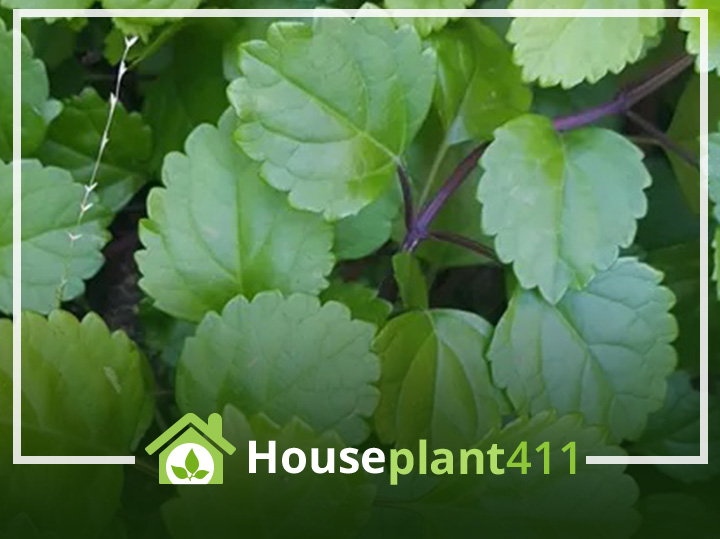Swedish Ivy is a lovely evergreen ground cover. It has glossy leaves that look like they were made from leather, and it looks great in shady areas of your landscape. It’s also drought-tolerant and can be used in containers too. If you want to grow your Swedish Ivy, it’s important to know what type of soil it prefers because this will help you determine if it will thrive in your garden.
Swedish Ivy Plant Soil Requirements
Swedish Ivy is a tough plant that can tolerate many types of soils. It does not need rich soil but requires good drainage and moisture. If you are planting Swedish Ivy in the ground, ensure you have prepared your garden bed with plenty of compost or other organic matter before planting your new plants. Also, amend any poor soil by adding sand or peat moss if necessary.
Swedish ivy plants appreciate moist and well-draining potting soil. You can achieve this using a typical houseplant potting mixture. Add vermiculite or perlite to a mixture with peat moss to improve drainage because this plant doesn’t thrive in excessively damp or soggy soil. Also, you may add more organic matter to your peat-based soil every year to improve drainage as the soil ages and deteriorates.
Another reason to include peat moss in your potting mix is that Swedish ivy plants require slightly acidic soil (pH between 5.5 and 6.5). Even though this plant prefers this type of soil, it will grow in a wide range of others as long as they drain properly.
To grow well indoors, Swedish Ivy needs bright indirect light–more than six hours per day–and temperatures between 65-75 degrees F (18-24 C). They will not thrive either if you keep them too cool or warm!
Other Requirements to Consider
- Light requirements: Swedish Ivy is a low-light plant and will thrive in indirect sunlight. The ideal location would receive bright, indirect light for at least 6 hours daily. If you don’t have this type of window, consider placing your Swedish Ivy next to another plant with brighter leaves (like an African violet) or underneath fluorescent lights that provide low light levels throughout the day.
- Watering requirements: Like most houseplants, Swedish Ivy needs water regularly–but not too much! Overwatering causes root rot and can kill your plant very quickly; under-watering can lead to wilting leaves and brown spots on stems and stunted growth due to lack of nutrients from soil drainage or root systems unable to absorb moisture properly due to compacted soil layers near their roots.
- Temperature requirements: Swedish Ivy does best when temperatures remain between 60-75 degrees Fahrenheit during the day and 55-65 degrees Fahrenheit at night.
- Humidity requirements: Like all houseplants, Swedish Ivy benefits from higher humidity levels than indoors; consider purchasing an inexpensive humidifier if needed (or keep one running 24/7).
Managing Pests and Diseases
The most frequent problem with indoor houseplants is spider mites, which prefer somewhat dry soil. They favor a warm, dry setting with little humidity. Increasing the humidity surrounding your houseplants is a smart protective measure. Little holes in the leaves or small yellow patches on the foliage are the earliest indicators of mites. Even the leaves may have little web clusters on them.
The major disease that might harm your Swedish Ivy is root rot. A soft, mushy stem, wilting, and decaying roots are all signs of root rot. Although this kind of rot is more difficult to treat, it can be stopped if the plant still has fresh, white roots that have not yet gone mush. To save your plant, trim the decayed roots and place them in a dry soil container.
You can prevent pests and diseases by following these tips:
- Water your Swedish Ivy regularly, but only sometimes. The soil should be moist but not soggy. Watering too much or too little will cause plant growth and health problems.
- Remove any discolored leaves or dead stems from your Swedish Ivy at least once a month to clean up any messes that might attract pests or disease-causing organisms, such as fungi spores in the air around them (this includes inside your home).
Conclusion
Swedish Ivy is an attractive and easy-to-care-for plant, but it does have some specific requirements. As you can see, these include moderately moist soil with plenty of organic matter and some shade during the hottest part of the day. If you give this plant what it needs, it will reward you with beautiful foliage all year!

